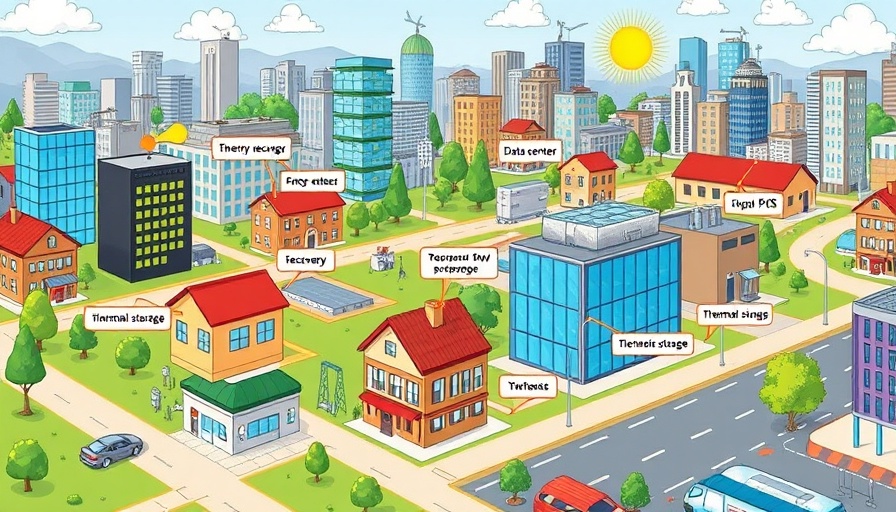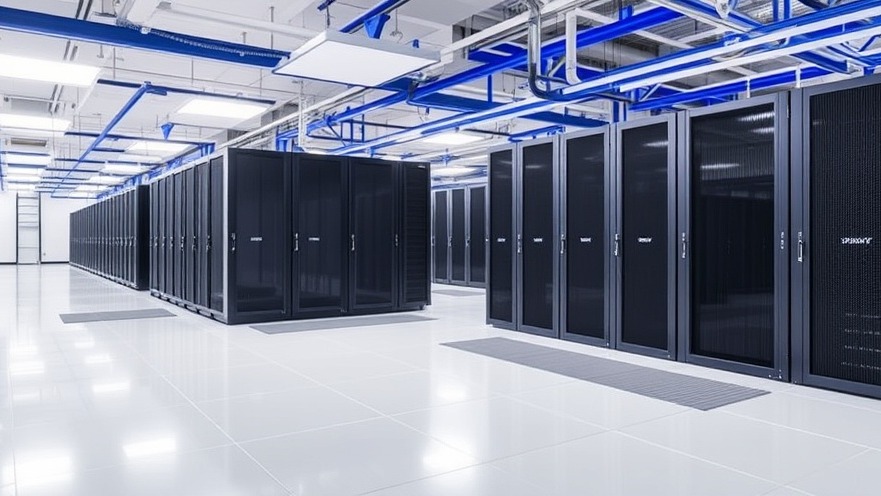
The Future of Sustainable Energy: Thermal Energy Networks Explained
As greenhouse gas emissions continue to rise, homeowners are increasingly seeking ways to improve energy efficiency in their residences. One of the most promising solutions is the implementation of Thermal Energy Networks (TENs)—modern systems designed to distribute and reuse energy effectively. This continuation of our exploration into TENs delves deeper into their transformative potential, especially for homeowners looking to upgrade their plumbing and heating systems.
Connecting Your Home to a Thermal Energy Network
The beauty of TENs lies in their versatility and adaptability. Whether you live in a single-family home or a multi-tenant apartment building, the connection process generally involves a decoupled secondary loop. This secondary loop features a circulator pump that maintains a consistent flow rate necessary to meet heating demands. Unlike traditional systems that may use balancing valves, the sophisticated controls in TENs allow for automated adjustments, ensuring maximum efficiency while reducing energy waste.
Understanding BTUs and Flow Rates in TENs
For homeowners wondering how much energy their systems can deliver, understanding the relationship between BTUs and flow rates is crucial. BTUs, or British Thermal Units, are a measure of heat energy. A simple equation can help you determine how many gallons per minute (GPM) your system needs based on your specific heating requirement. For instance, if your home requires 120,000 BTUs at a 10°F temperature differential, the GPM required would be 24. This critical calculation will enable homeowners to understand how their systems must adjust based on varying conditions.
Why Upgrading to TENs Can Cut Energy Costs
With energy prices fluctuating, many homeowners are looking for ways to reduce their bills. TENs offer a remarkable solution by recapturing thermal energy that would ordinarily be wasted. By employing a mix of renewable and traditional energy sources, these networks can significantly cut costs while also contributing to lower carbon emissions. For users, this translates to not only savings on energy bills but also a more sustainable energy usage pattern.
Real-Life Applications: Homeowner Success Stories
These advantages are not hypothetical. Several communities have already started implementing TENs with impressive results. For example, a recent installation in a suburban area resulted in a 30% reduction in annual heating costs for residents while significantly lowering the community’s carbon footprint. Homeowners who embraced TENs reported not just financial savings but also increased comfort levels in their homes.
Potential Challenges in Transitioning to TENs
However, the shift to Thermal Energy Networks isn't without its challenges. For many homeowners, the initial cost of retrofitting or connecting to a TEN can feel daunting. Additionally, the availability of skilled professionals to manage such installations may vary widely across regions. Moreover, it’s important to understand local regulations regarding energy systems, which could affect the feasibility of a TEN.
How to Prepare Your Home for TEN Integration
Homeowners interested in upgrading should consider conducting a home energy audit to assess their current systems. By understanding where energy is being wasted, homeowners can better plan for integration with TENs. Collaboration with professionals knowledgeable in thermal energy systems is also crucial for smooth implementation.
A Sustainable Future Awaits
As communities begin to recognize the need for sustainable solutions, those who invest in upgrades like TENs may find themselves not only saving money but also contributing to a healthier planet. With energy costs rising and climate change a pressing issue, now is the time for homeowners to explore sustainable upgrades. Together, we can create a future where energy is effectively managed and conserved.
Interested in learning more about how you can upgrade your home’s energy systems? Take the first step towards sustainability by researching Thermal Energy Networks and speak to local energy experts today.
 Add Row
Add Row  Add
Add 


 Add Row
Add Row  Add
Add 

Write A Comment